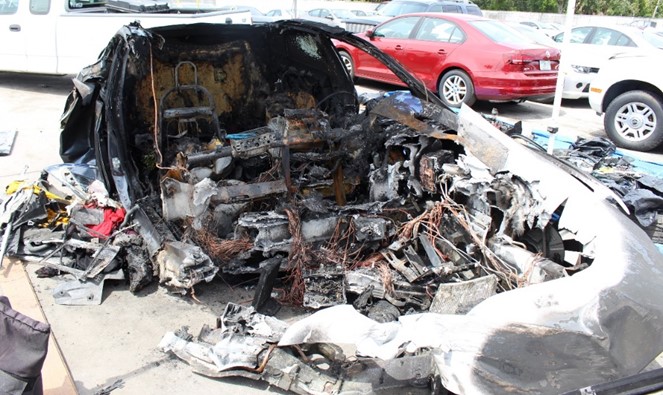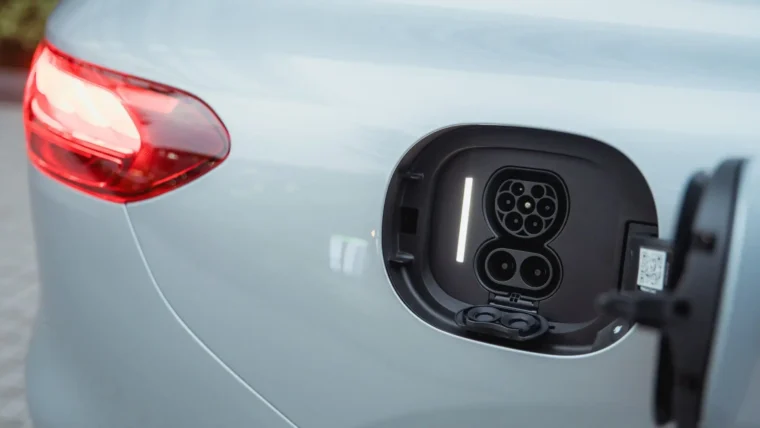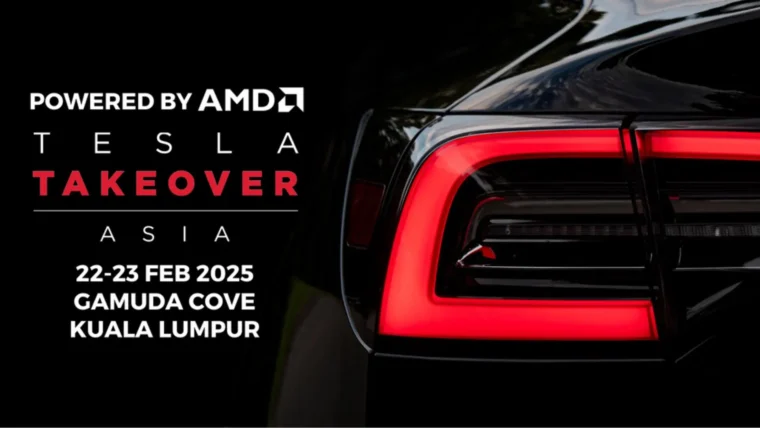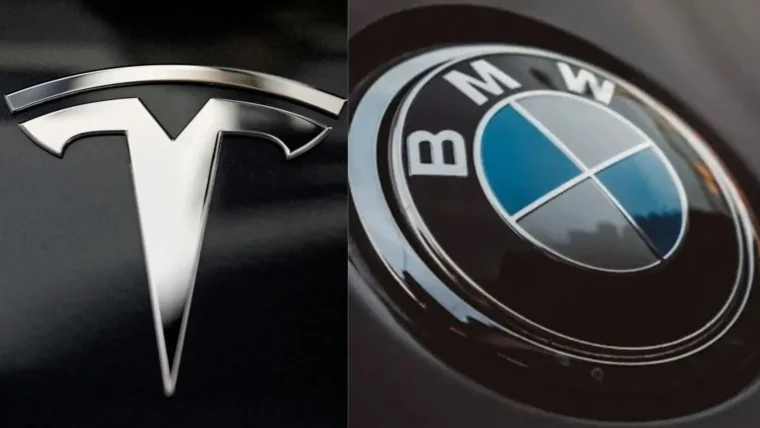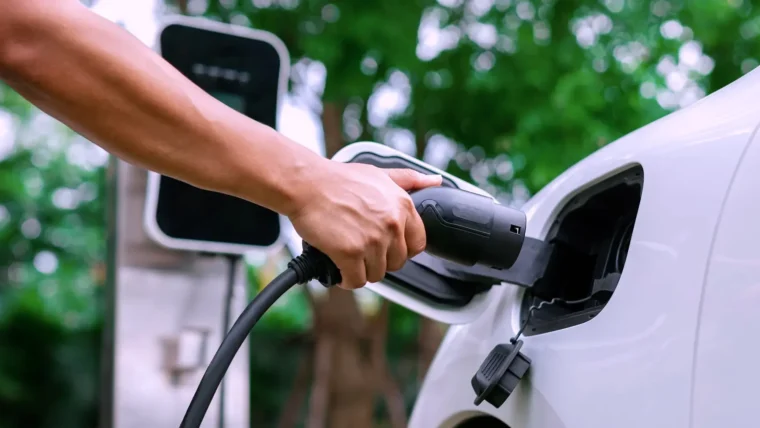In May, a 2014 Tesla Model S crashed in Fort Lauderdale killing its driver and the front passenger. The car was travelling at 186 kph 3 seconds before the driver lost control of the car and crashed. The US National Transportation Safety Board (NTSB) investigated the crash and in its preliminary report, states that the battery in the Model S reignited twice.
The report stated that a third passenger in the car was ejected but did not die. As the crash occurred, the vehicle erupted in flames where first responders took about 700 – 1150 litres of water and foam to put it out. As the wreckage was loaded the battery ignited again requiring the fire to be put out and as the wreckage arrived at the salvage yard, the battery again reignited. This prompted the firemen to be called to put out the fire again.
Tesla has claimed that their battery designs have been done in such a way that it will prevent ignition of flames but this, as well as other reports, prove otherwise. This is definitely a safety issue which Tesla has to ensure to their customers that all is fine and that their cars won’t spontaneously combust.
Following the crash in Fort Lauderdale where the driver was an 18-year-old, Tesla has added a feature that allows the owner of the vehicle to set the maximum speed limit and that in order to remove that limit, a 4-digit pin number is required to unlock it. If the driver drives the car close to the speed limit set, a message is sent to the owner’s mobile phone.
Other posts by Mark Leo

